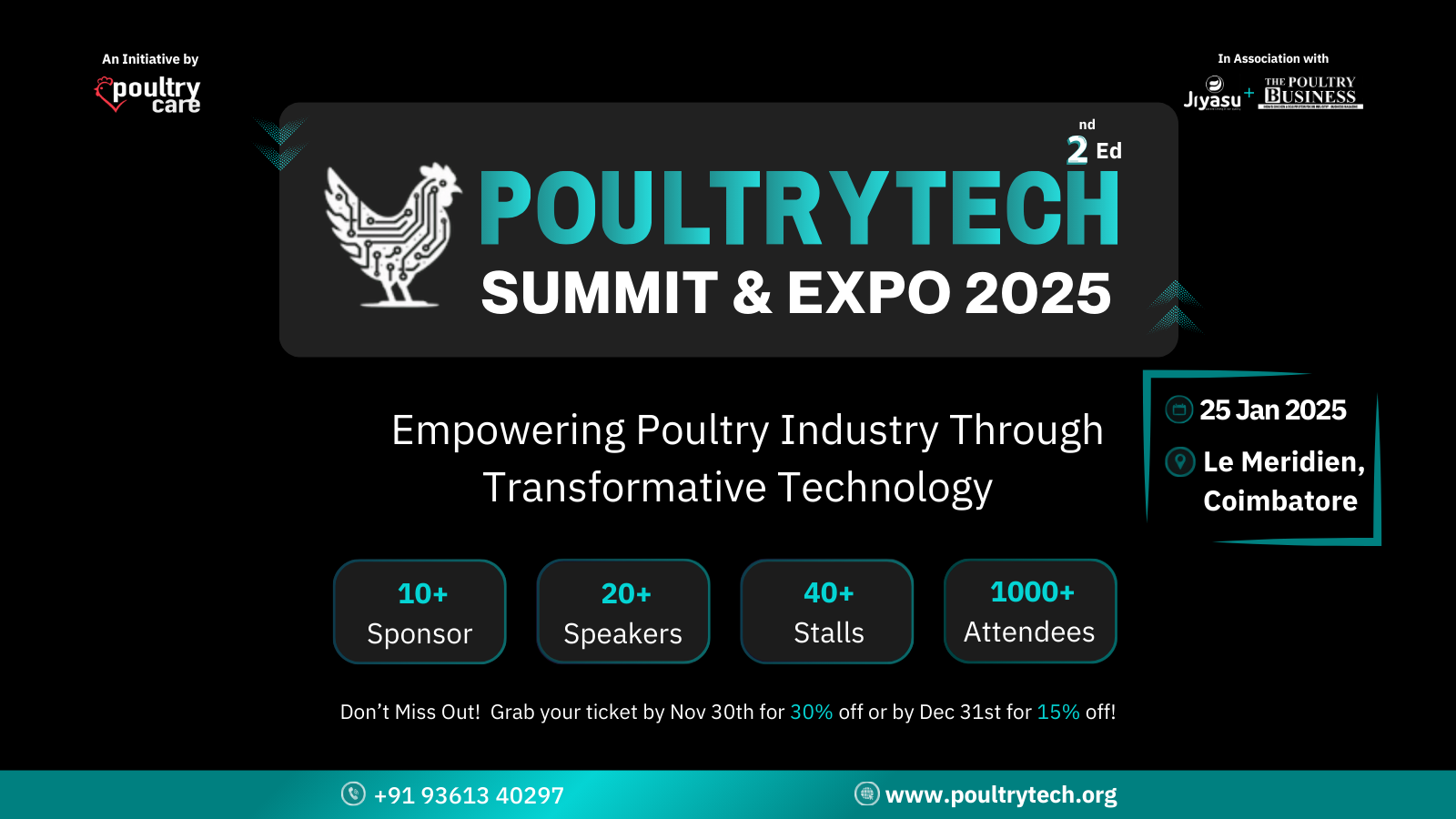In contract broiler farming, the ability to see the bigger picture decides how well an integrator performs. Managing a few farms might seem easy, but when the network expands to fifty or more, things quickly become complicated. Information flows from all directions — feed deliveries, chick placements, daily mortality, weight reports, and settlement calculations. Yet, even with all this data available, one common problem remains: lack of clarity.
For many integrators, the challenge isn’t collecting data — it’s connecting it. Numbers are scattered across notebooks, WhatsApp groups, and Excel sheets. By the time reports arrive, they are often outdated. Decisions become reactive, not proactive. That’s where a network-level dashboard steps in, transforming how an integrator manages multiple farms with ease and precision.
A network-level dashboard doesn’t just show data; it builds visibility. With one glance, an integrator can see how each farm is performing — from feed conversion ratio and mortality to growth patterns and daily alerts. This single-window view replaces guesswork with real-time understanding. When you can track every farm’s key metrics in one place, it becomes easier to notice trends and detect problems before they affect your profit.
Every integrator knows that minor mistakes add up fast. A small feed delay, temperature fluctuation, or late vaccination can snowball into poor FCR or higher mortality. Without early signals, the loss becomes visible only at the end of the cycle, when it’s too late to recover. But when all farms are connected to a live dashboard, even subtle changes — like slower weight gain or higher mean age — trigger early alerts. These small warnings save big money by helping supervisors act before damage occurs.
What makes the network-level approach truly powerful is its ability to highlight performance differences between farms. When one farm consistently outperforms others, the reason behind that success becomes easy to study and replicate. Similarly, farms falling behind are identified quickly, allowing corrective steps before losses grow. In short, data becomes a guide, helping every farm move toward consistent efficiency and profitability.
But this isn’t just about numbers. A network dashboard also brings teams together. When everyone — from supervisors to finance staff — sees the same information, communication becomes clear. No confusion, no finger-pointing. Decisions happen faster because everyone speaks the same language — the language of data. This transparency builds trust and accountability across the organization, leading to smoother operations and stronger teamwork.
The future of contract broiler integration is moving beyond manual updates and isolated data. Integrators who adapt to digital visibility gain a competitive edge. They can predict problems, manage larger networks confidently, and maintain uniform performance across all locations. A network-level dashboard turns chaos into clarity — and clarity into control.
In poultry farming, every hour and every bird counts. Seeing the complete picture at the right time is what separates successful integrators from struggling ones. Real-time visibility doesn’t just make operations easier; it makes them smarter. That’s why forward-thinking integrators are investing in connected dashboards — because they know that real-time data isn’t just information, it’s profit protection.



